by @shezco author of The Perfect Work Bag
The luxury fashion market is worth an estimated £245 billion worldwide, so it goes without saying that there is a huge element of business brains behind the fun of fashion. Fashion is more than the common “It Girl” with the must have bag and to-die-for wardrobe (I must say though, I think the term “It Girl” is outdated…it’s all about girl gangs now —who doesn’t love Cara, Karli, Taylor and Kendall).
We have business analysts predicting our buying trends, marketers telling us how luxury goods will make us feel, and ad campaigns convincing us that we just really cannot live without the Louis Vuitton Capucines BB —because look Michelle Williams has it! With first half results recently being announced, it is an exciting time to lift the corporate veil of fashion.
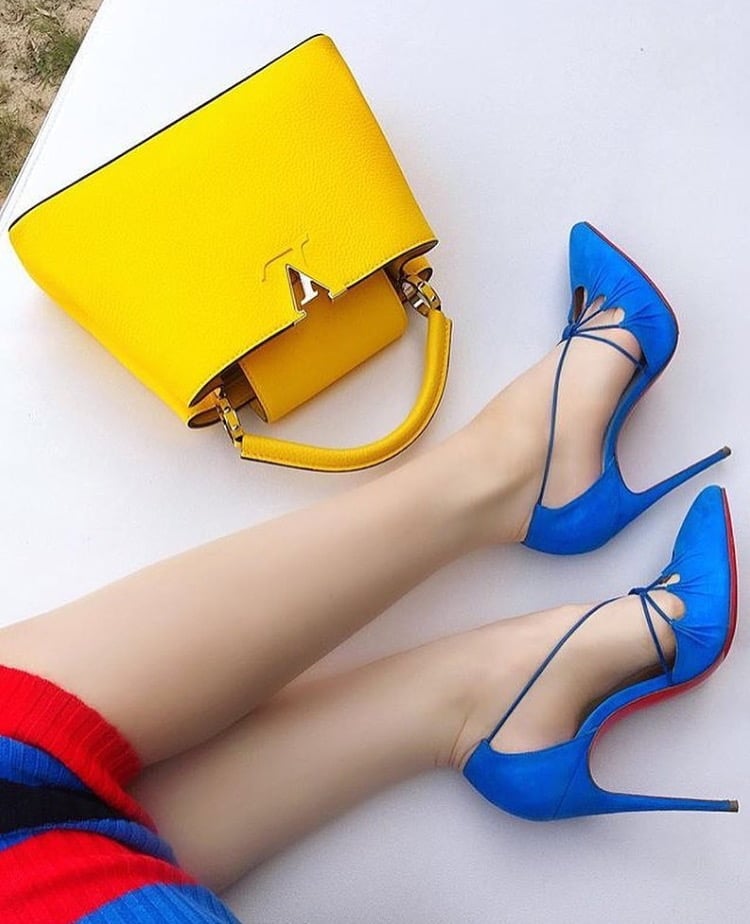
@panthere_instyle
There are many interesting aspects to the business of fashion, and the entrepreneur and economist side of me has always been interested in fashion conglomerates. There are a few, well really two, key fashion conglomerates that house many of the brands synonymous with luxury. These brands’ boutiques line Sloane Street in London, Avenue des Champs Elysees in Paris, and the great malls of Dubai. This article will focus on two of the major conglomerates: LVMH and Kering, with an emphasis on leather goods (but let’s not forget Richemont or the new kids on the block – hello Mayhoola, who just acquired Valentino).
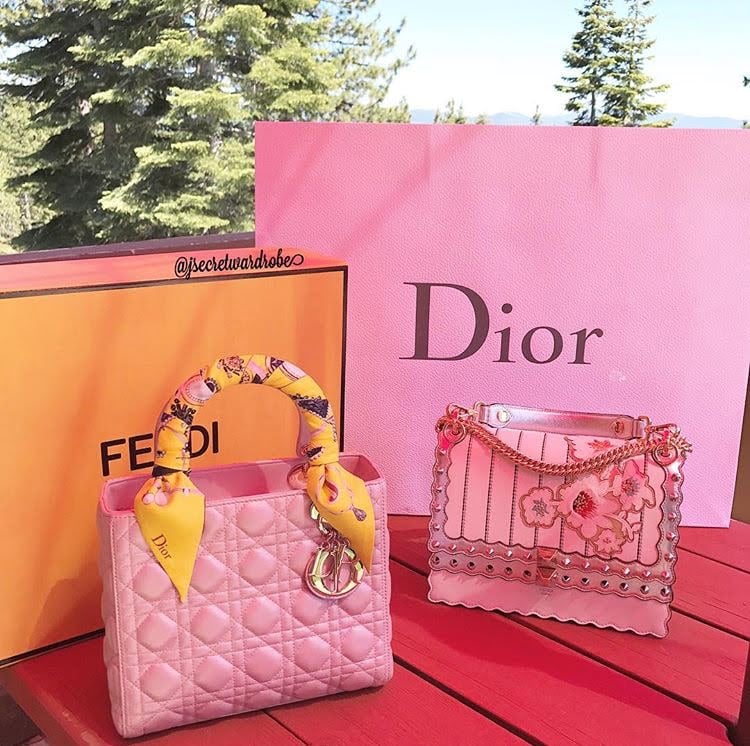
@jsecretwardrobe

@chase_aime
Defining a Conglomerate
Before discussing the conglomerates, let’s go over the true definition of a conglomerate. A conglomerate is essentially a large corporation run as a single business, but made up of several firms (acquired through mergers and acquisition) and supplying diverse goods and/or service. This is not a purely business article, so I won’t bore you with the case for and against conglomerates, but essentially they allow a corporation to diversify their investment portfolio from a point of control and as a result minimize investment risk.
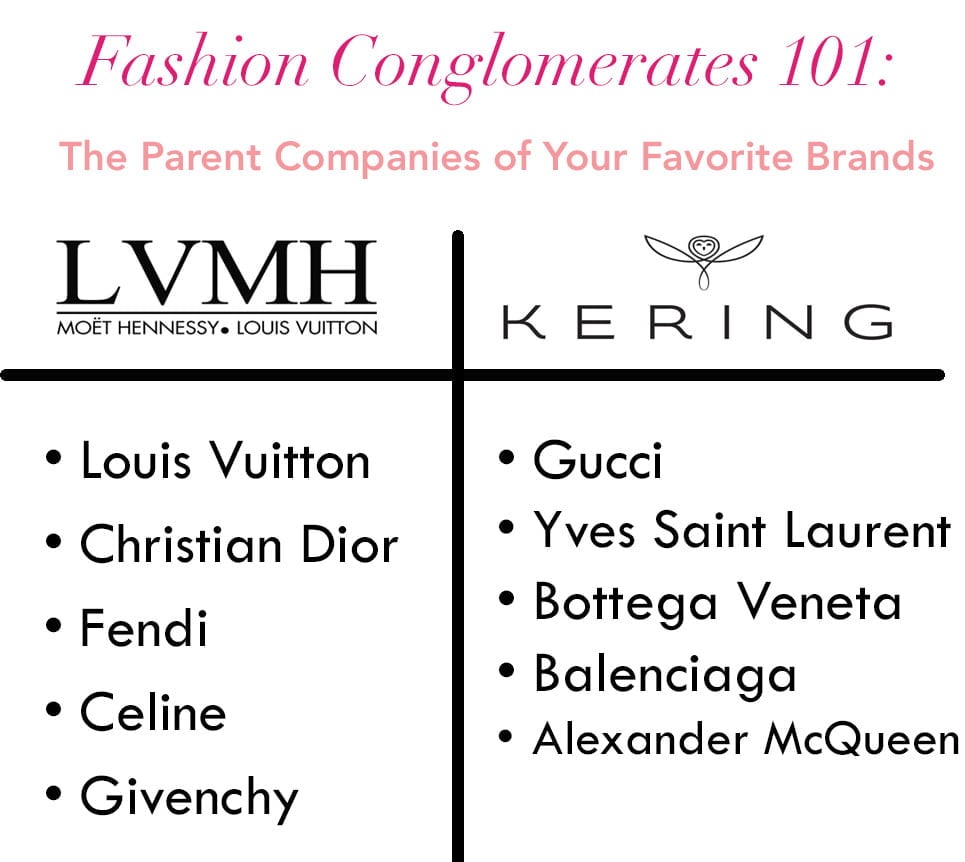
All About LVMH
The most recognised fashion conglomerate, Louis Vuitton Moet and Hennessy (LVMH) was established in 1987, headquartered in Paris, and lead currently led by Bernard Arnault.
According to LVMH, LVMH saw a 17% growth in fashion and leather goods this year with Mr. Arnault attributing its success to “creativity and quality”, which are the founding values of the group. LVMH is incredibly diverse as it also houses wines and spirits, huge beauty names (Givenchy, Guerlain, Benefit), watches and jewellery; but with fashion and leather goods still outperforming the other categories. The growth in my opinion, though considerable, was not unexpected. You need only click on any social media site to see the success of the many LVMH success stories including the LV collaborations, Fendi Kan-I, the Dior J’adior series, and of course, the Givenchy Antigona bag. These campaigns helped bring new buyers to the brand and reinvigorate previous consumers.
LVMH Brands
Louis Vuitton
| Brand | Country of Origin/Date | CEO | Creative Director |
| Louis Vuitton | France, 1854 | Michael Burke | Nicolas Ghesquière, previously of Kering owned Balenciaga |
| Brand | Country of Origin/Date | CEO | Creative Director |
| Louis Vuitton | France, 1854 | Michael Burke | Nicolas Ghesquière, previously of Kering owned Balenciaga |
History: Founded by designer and businessman Louis Vuitton. The brand first made its mark as a luggagemaker and produced trunks that were practical for long voyages.
Key Moments: Innovative LV campaigns such as LVxJEFFKOONS and LVxSUPREME.
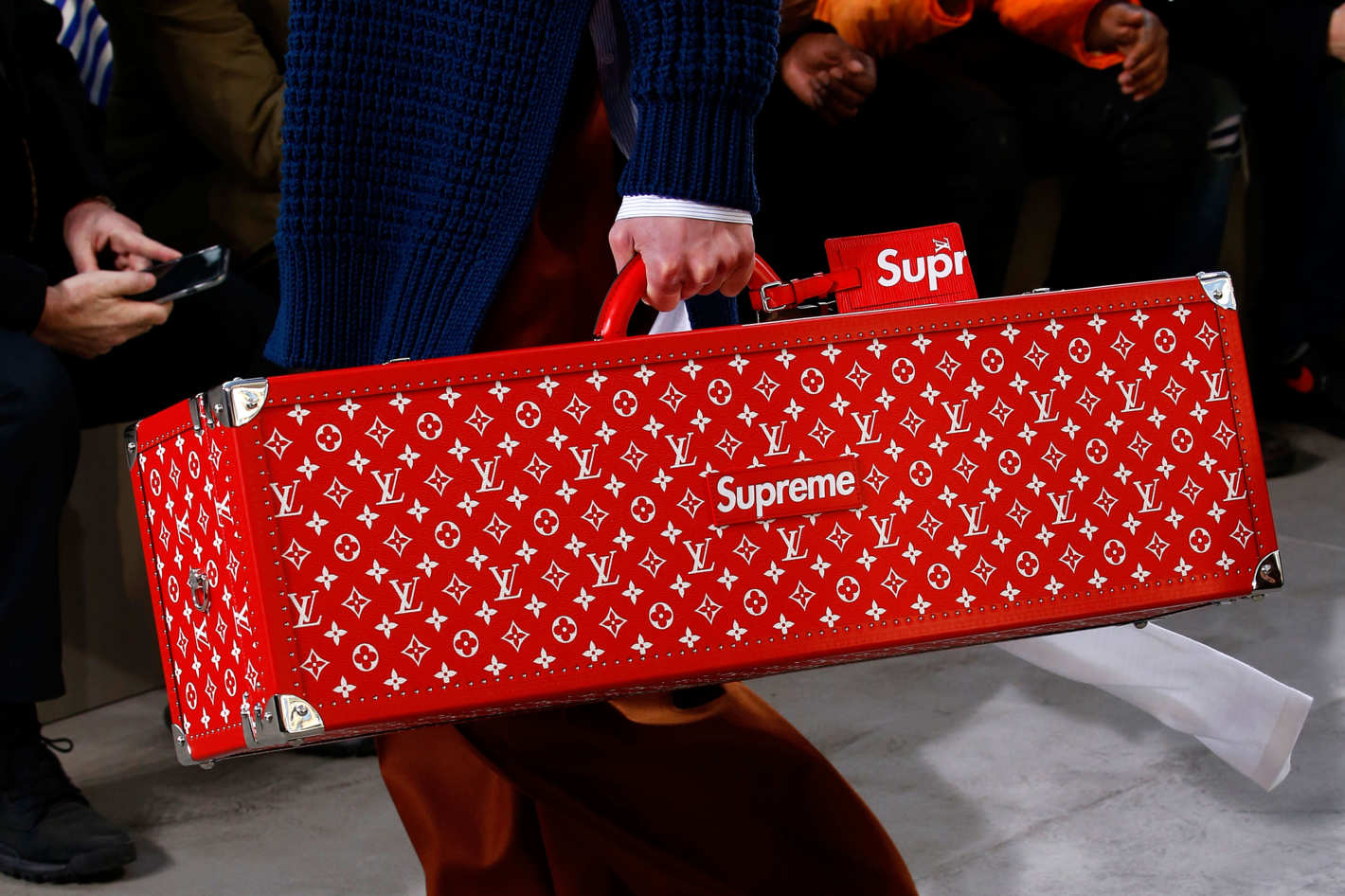
Louis Vuitton x Supreme. Photo Courtesy: Estrop/Getty Images
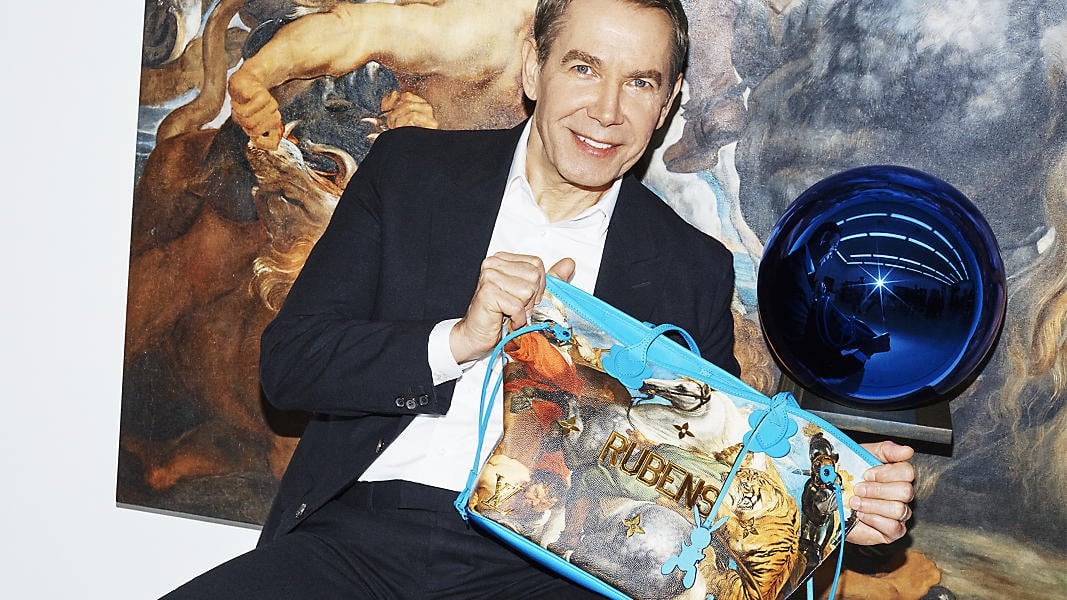
Louis Vuitton x Jeff Koons. Photo Courtesy: Louis Vuitton
Christian Dior
| Brand | Country of Origin/Date | CEO | Creative Director |
| Dior | France, 1946 | Sidney Toledano | Maria Grazia Chiuri previously of Valentino. |
| Brand | Country of Origin/Date | CEO | Creative Director |
| Dior | France, 1946 | Sidney Toledano | Maria Grazia Chiuri previously of Valentino. |
History: Founded by Christian Dior in the post-war era, the designs of Dior were as loved as they were controversial.
Key Moments: J’adior has been an outstanding collection. The Diorama has always been a crowd favorite as well. Dior is an industry leading and reactive brand that is shining at the moment.
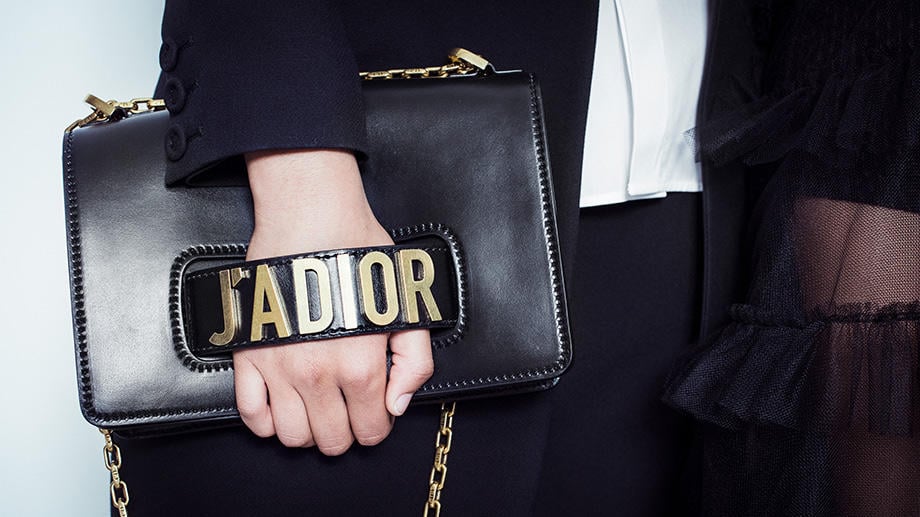
J’adior Collection. Photo Courtesy: Dior
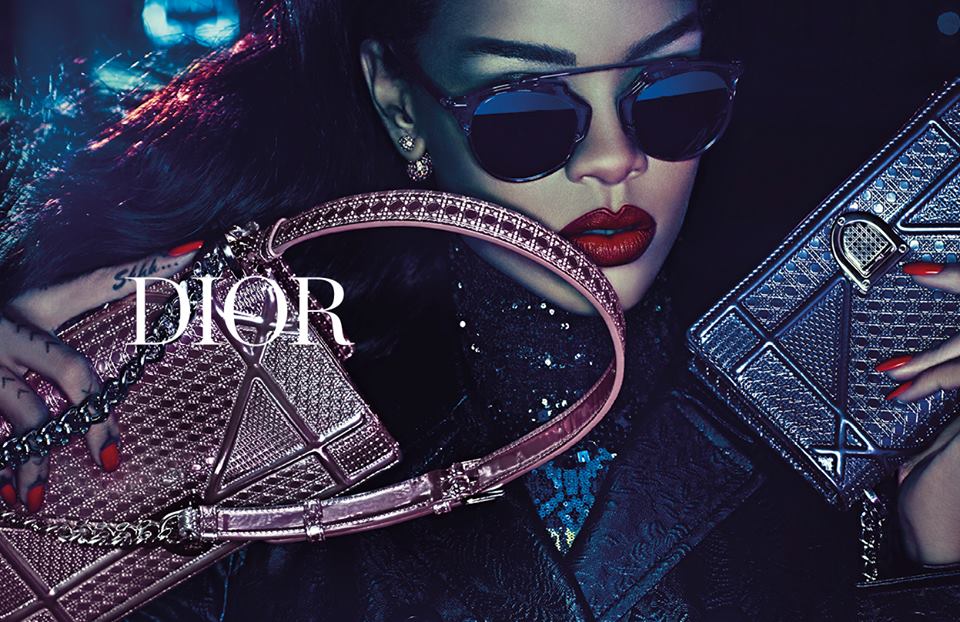
Rihanna Secret Garden Campaign with Diorama Bag. Photo Courtesy: Dior
Fendi
| Brand | Country of Origin/Date | CEO | Creative Director |
| Fendi | Italy, 1925 | Pietro Beccari | Karl Lagerfeld. However, Silvia Venturini Fendi, granddaughter of Adele and Edorardo remains creative director of accessories and menswear |
| Brand | Country of Origin/Date | CEO | Creative Director |
| Fendi | Italy, 1925 | Pietro Beccari | Karl Lagerfeld. However, Silvia Venturini Fendi, granddaughter of Adele and Edorardo remains creative director of accessories and menswear |
History: Founded by Adele and Edorardo, a husband and wife duo, as a fur and leather store and then propelled into the stratosphere of the luxury world. Having dual creative directors in a brand is an unusual occurrence in the conglomerate world, and arguably adds to the appeal of the brand.
Key Moments: Fendi’s social media campaigns are among the best in the luxury world. Fendi knows how to balance retaining an element of fun with bag charms, and seasonal handbag designs whilst ensuring classic pieces such as the Peekaboo have a front facing role within their house.
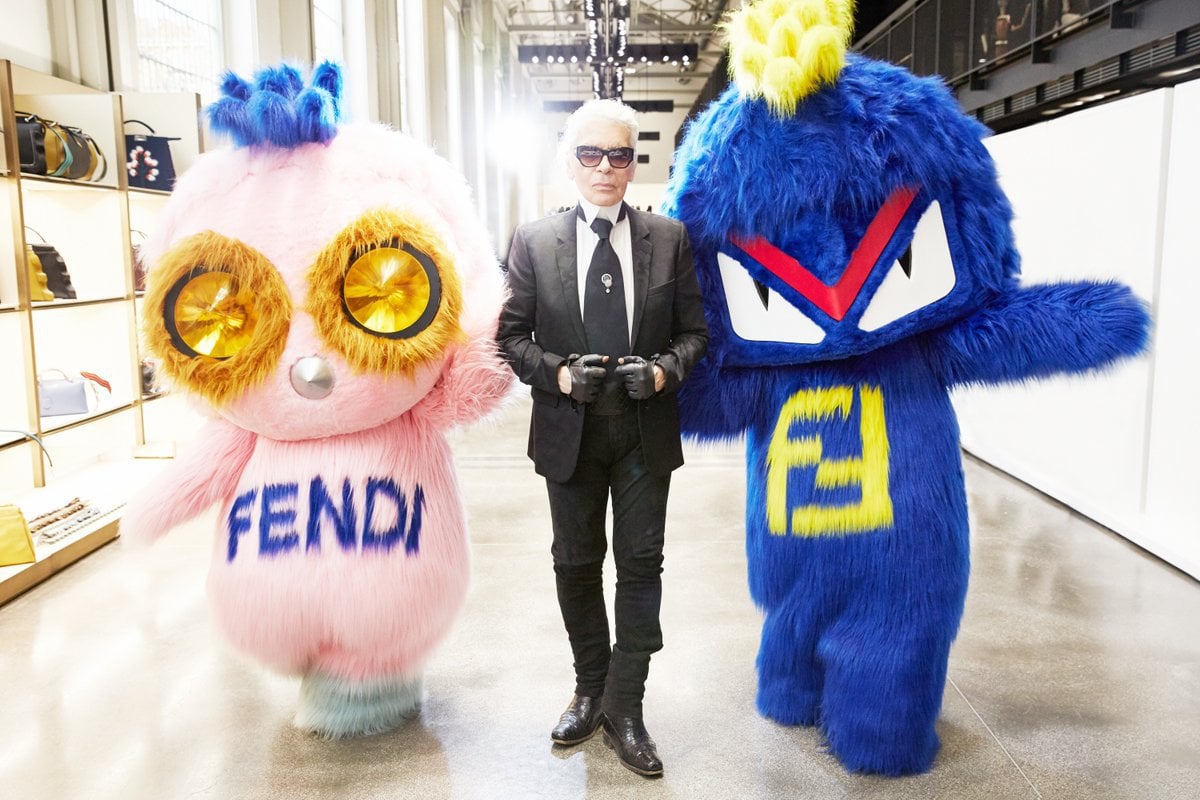
Fendirumi Collection. Photo Courtesy: Fendi

Fendi Peekaboo Campaign SS15. Photo Courtesy: Fendi
Celine
| Brand | Country of Origin/Date | CEO | Creative Director |
| Celine | France, 1945 | Marco Gobbetti | Pheobe Philo |
| Brand | Country of Origin/Date | CEO | Creative Director |
| Celine | France, 1945 | Marco Gobbetti | Pheobe Philo |
History: Founded by Celine Vipiana and her husband as a children’s footwear brand. Pheobe Philo is arguably one of the most inspiring creative directors of our time. Creative directors, by their very nature, adapt and change both personally when working with a brand. Few creative directors are as synonymous with the brand they work for as Pheobe Philo is with Celine.
Key Moments: Celine is a firm favourite of mine, however its moment for me was in 2012 to 2015. With brands such as LV and Dior getting huge exposure, Celine has remained somewhat in the backdrop. Though classic in some styles, their seasonal pieces have not hit home with me.

Celine Spring 2014. Photo Courtesy: Celine
Givenchy
| Brand | Country of Origin/Date | CEO | Creative Director |
| Givenchy | France, 1952 | Philippe Fortunato | Clare Weight Keller |
| Brand | Country of Origin/Date | CEO | Creative Director |
| Givenchy | France, 1952 | Philippe Fortunato | Clare Weight Keller |
History: Givenchy was founded by Hubert de Givenchy in 1952 and joined LVMH in 1988. As of 2017, the new creative director Clare Weight Keller has had somewhat of a different assent into the world of creative directorship, having held her first creative director position at Pringle of Scotland after having held a number of senior designer position at Gucci. She comes to Givenchy from Chloe, which in my opinion are two very different brands. Although it would be hard for anyone to follow in the steps of Ricardo Tisci, she brings with her the ability to create it-bags!
Key Moments: Beauty was my first foray into Givenchy when I complimented a client’s mascara and she told about the Givenchy Phenomen mascara. I am ashamed to say I did not look at Givenchy again until, yes of course the Givenchy Antigona. And ever since that point, the bag has become a classic, and the brand has continued to grow. I would argue that they, perhaps more than any other brand (and maybe Balmain), have successfully exploited the cult of celebrity to sell their product to consumers who may previously have dismissed it.
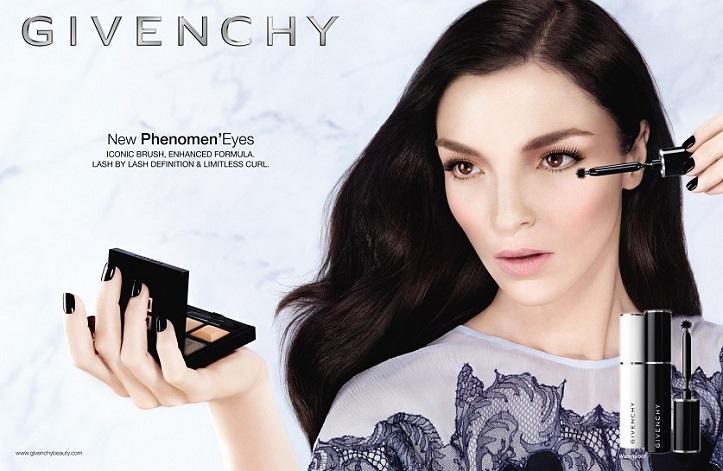
Givenchy Phenomen’Eyes. Photo Courtesy: Givenchy
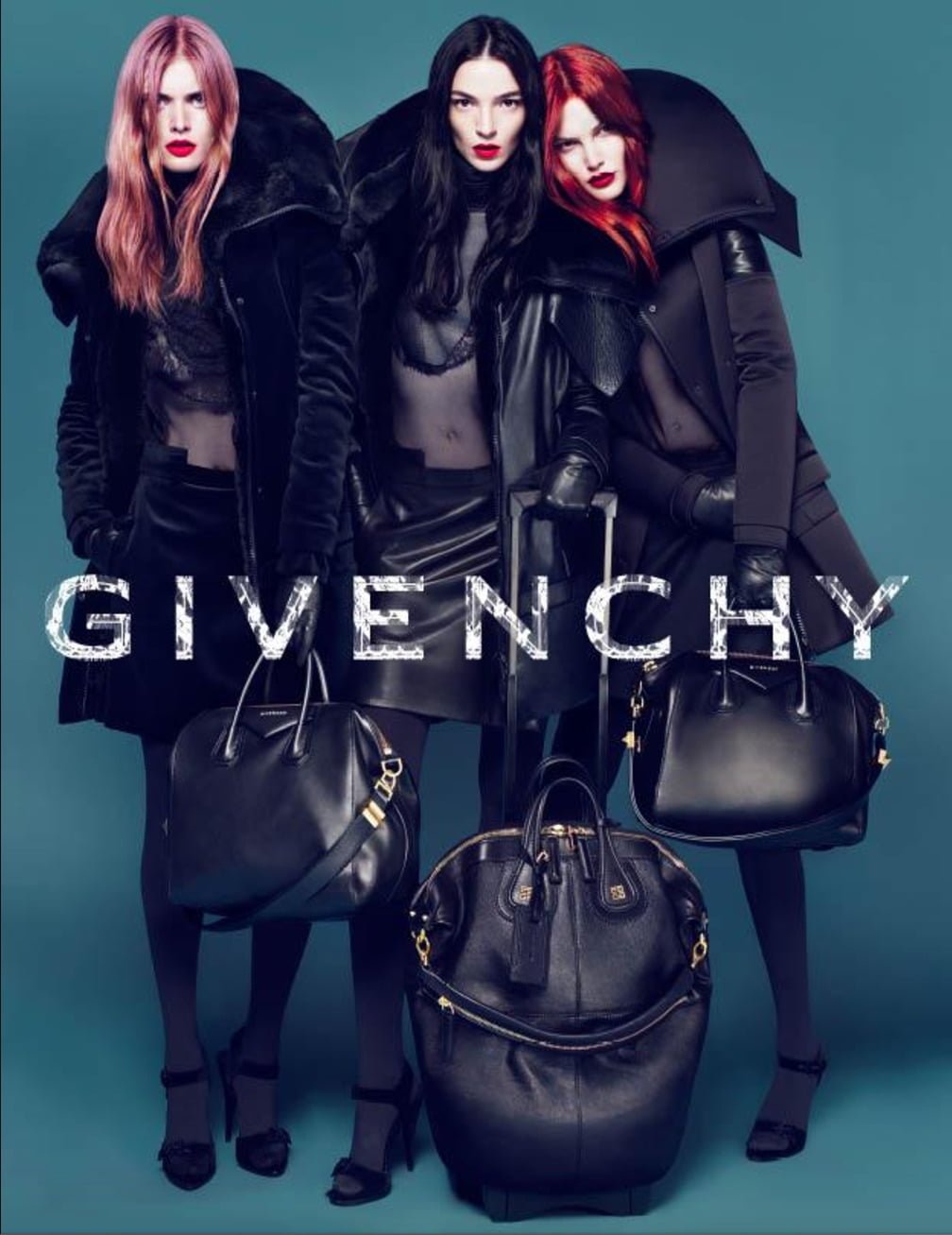
Givenchy F/W 2010. Photo Courtesy: Givenchy
All About Kering
Kering, although not as widely recognised as LVMH, is hot on the heels of LVMH and having some serious success. Today, Kering is a major power player in the luxury fashion market. Having started out its life as a timber trader, Kering went through many incarnations to get to where it is today. Though Kering, over time had acquired some retail operations such as Printemps, a French department store, its foray into luxury fashion was bold and definite. In 1993, it acquired a controlling stake in Gucci (the stake now stands at 99%), then came its purchase of YSL, Bottega Venetta, Balenciaga and Alexander McQueen among others.
Kering Brands
Gucci
| Brand | Country of Origin/Date | CEO | Creative Director |
| Gucci | Italy, 1921 | Marco Bizzarri | Alessandro Michele |
| Brand | Country of Origin/Date | CEO | Creative Director |
| Gucci | Italy, 1921 | Marco Bizzarri | Alessandro Michele |
History: Founded by Guccio Gucci in Florence, the brand first became famous for its finely crafted leather accessories. Jumping to now, Alessandro Michele, in my opinion, has skyrocketed Gucci into the stratosphere. Though he gets a lot of credit it is important to note that this would not be possible without the work of his predecessors Tom Ford and Frida Giannini. There are many reasons that he has been so successful, however in my opinion one of the reasons is that he is grass-roots Gucci. To truly move a brand forward in a sustainable way you have to know where the brand has been, which is why he managed to reinvent the Gucci logo and make it a dominant part of the collection.
Key Moments: Appointment of Alessandro Michele, the Dionysus handbag, and of course, the updated bamboo handle bag. Gucci has also had a serious RTW moment due to its price points and unashamed branding, which consumers have just lapped up; not to mention the loafers and trainers, the only other footwear that has caught my attention like this is Louboutin and the Valentino Rockstud.
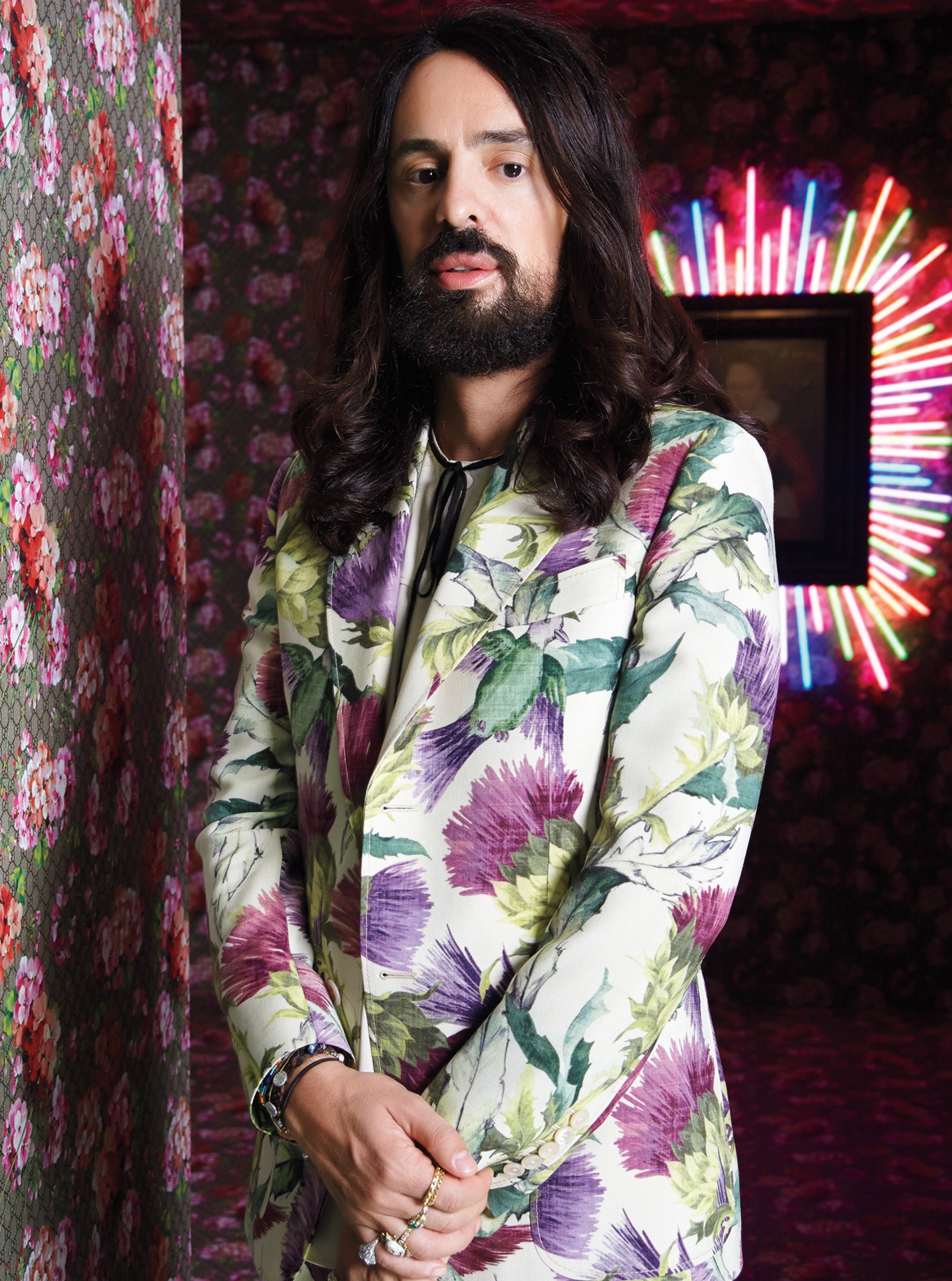
Alessandro Michele, the Saving Grace of Gucci. Photo Courtesy: Alessandro Michele
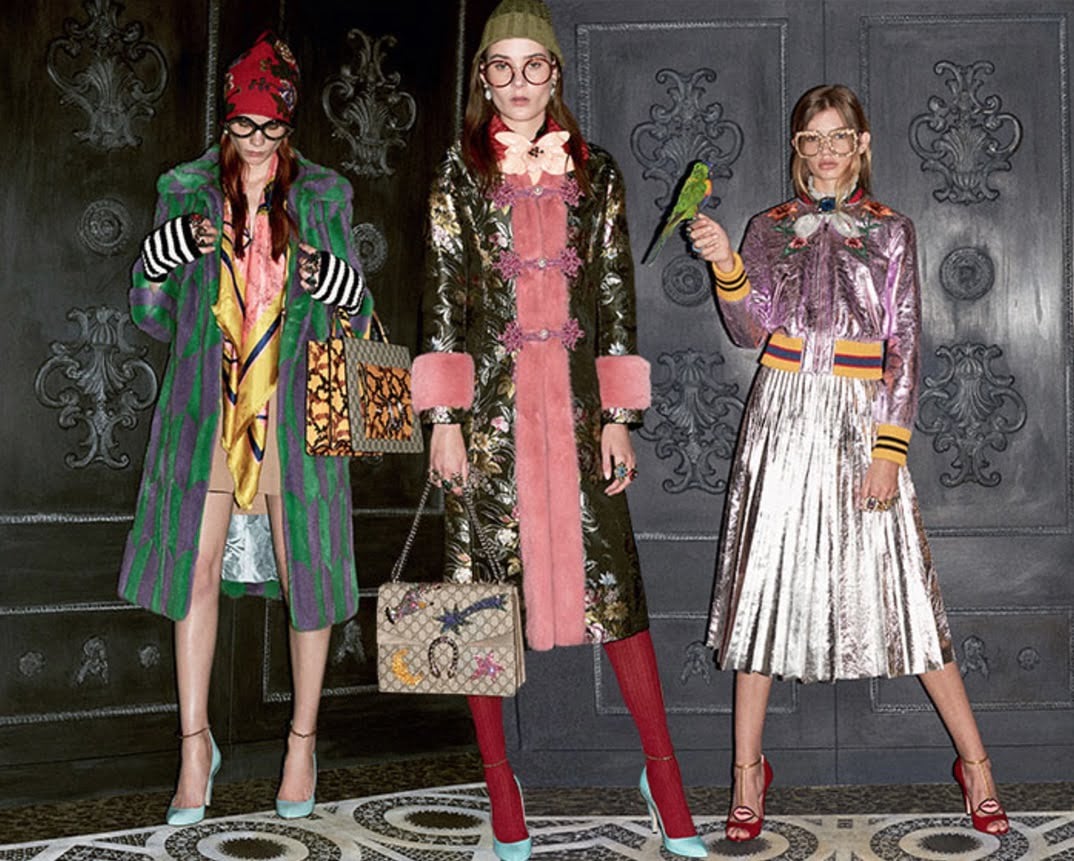
Gucci Pre-Fall 2016. Photo Courtesy: Gucci
Yves Saint Laurent
| Brand | Country of Origin/Date | CEO | Creative Director |
| Yves Saint Laurent | France, 1961 | Francesca Bellettini | Anthony Vaccarello, previously held by controversial Heidi Slimane |
| Brand | Country of Origin/Date | CEO | Creative Director |
| Yves Saint Laurent | France, 1961 | Francesca Bellettini | Anthony Vaccarello, previously held by controversial Heidi Slimane |
History: Founded by Yves Saint Laurent and his partner, the YSL fashion house has done a good job at maintaining a constant character.
Key Moments: Key moments for this brand are key not for being ‘new’ but for being consistent. The YSL Sac du Jour is a bag that appears in many a collector’s wardrobe. The brand is currently finding strength in ready-to-wear and accessories, not to mention those sparkly boots, which previewed in the FW17 fashion show.
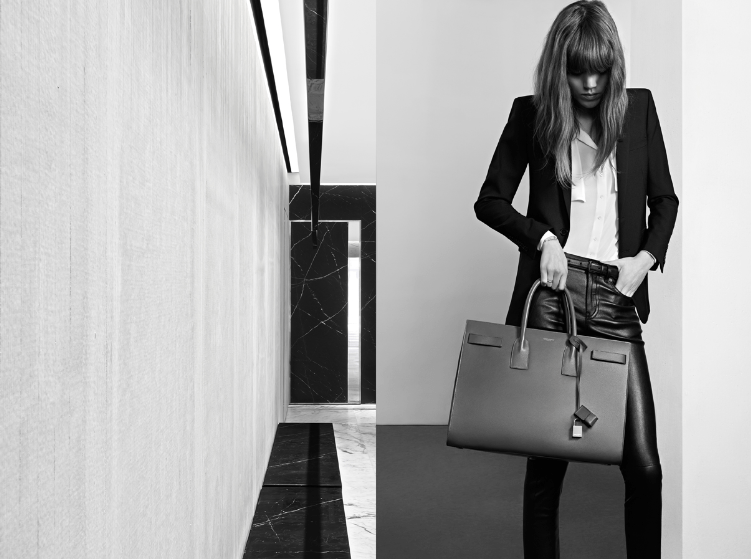
Saint Laurent Pre-Fall 2013 Campaign the Sac de Jour. Photo Courtesy: Saint Laurent
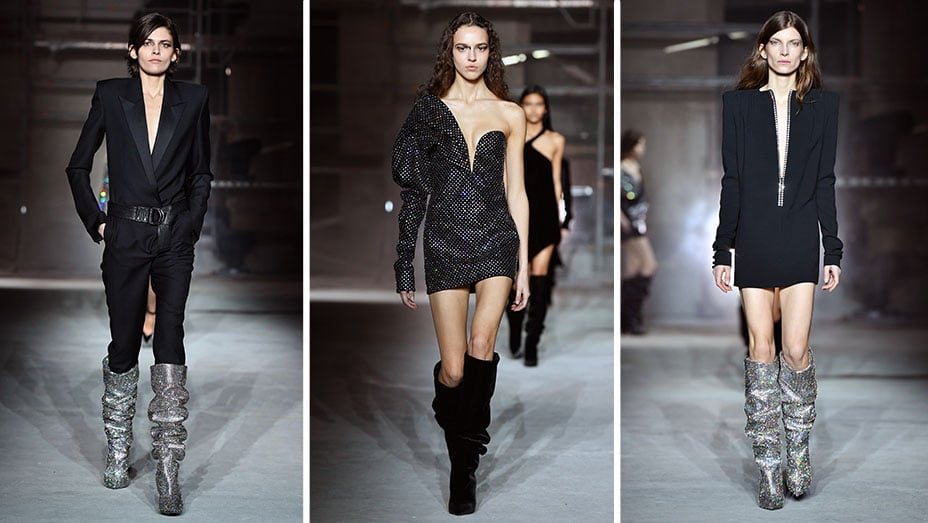
Yves Saint Laurent FW 2017. Photo Courtesy: The Hollywood Reporter
Bottega Veneta
| Brand | Country of Origin/Date | CEO | Creative Director |
| Bottega Veneta | Italy, 1966 | Claus-Dietrich Lahrs | Tomas Maier |
| Brand | Country of Origin/Date | CEO | Creative Director |
| Bottega Veneta | Italy, 1966 | Claus-Dietrich Lahrs | Tomas Maier |
History: Founded not by designers, but by entrepreneurs Michele Taddei and Renzo Zengiaro, the company developed the distinctive leather weave, which it is renowned for today. The company began with the tag line ‘When your own initials are enough’.
Tomas Maier, the creative director, is often said to be the most important designer after Karl Lagerfeld.
Key Moments: This key moment comes not for the brand, but for Tomas Maier himself when Kering invested in his private label. The Bottega brand famed for its discretions has faced some challenging times when over-branded products are what consumers want, however Bottega has instead satisfied the demand of their current clients.
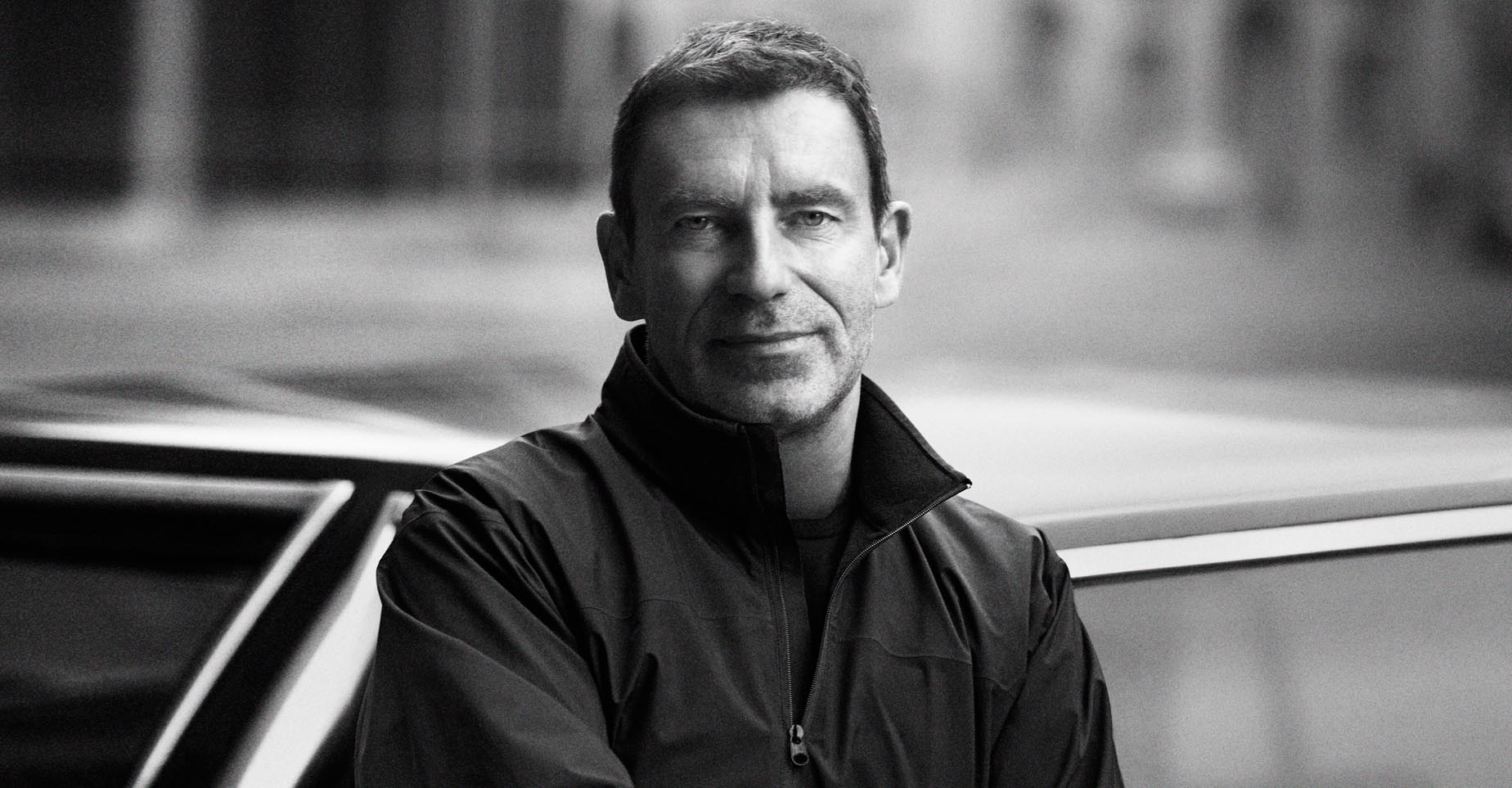
Creative Director Tomas Maier. Photo Courtesy: Kering
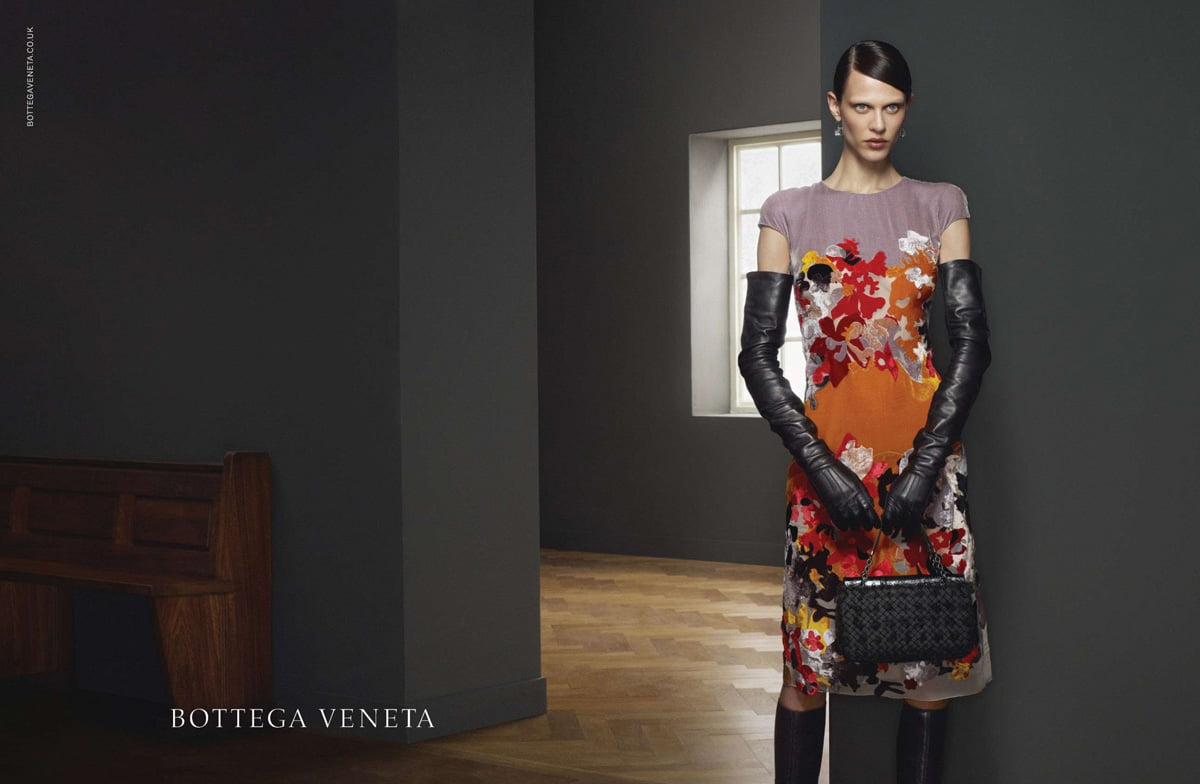
Bottega Veneta Fall/Winter 2012. Photo Courtesy: Bottega Veneta
Balenciaga
| Brand | Country of Origin/Date | CEO | Creative Director |
| Balenciaga | Spain, 1919 | Cedric Charbit | Demna Gvasalia |
| Brand | Country of Origin/Date | CEO | Creative Director |
| Balenciaga | Spain, 1919 | Cedric Charbit | Demna Gvasalia |
History: Cristóbal Balenciaga opened his first boutique in Spain. The Spanish royal family and the aristocracy wore his designs, however the Spanish Civil War forced him to close his stores and move to Paris. Balenciaga is famed for being controversial and one of the first designers to create a new silhouette for women by widening the waist and broadening shoulders, which were features that had initially been drawn in. Givenchy is a much lauded protégé of Balenciaga. Balenciaga closed in 1968 and did not open again until 1986.
Creative director, Demna Gvasalia has been credited with revolutionising Balenciaga following Alexander Wang’s departure. Often considered to be a more ‘underground’ designer, Gvasalia embodies the original Cristobal Balenciaga with his designs and general attitude.
Key Moments: Balenciaga’s RTW is going to be big in FW17, their outerwear and knits are to- die- for, however, for me their accessories and handbag lines have yet to hit a note after the Balenciaga motorcycle “it” bag moment.

Balenciaga Fall/Winter 2017 RTW. Photos Courtesy of Vogue
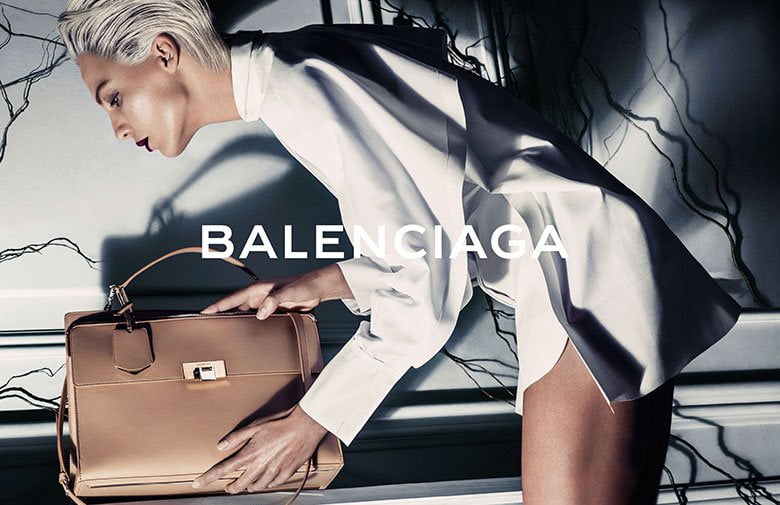
Balenciaga Spring/Summer 2014 Campaign
Alexander McQueen
| Brand | Country of Origin/Date | CEO | Creative Director |
| Alexander McQueen | UK, 1992 | Emmanuel Gintzburger | Sarah Jane Burton |
| Brand | Country of Origin/Date | CEO | Creative Director |
| Alexander McQueen | UK, 1992 | Emmanuel Gintzburger | Sarah Jane Burton |
History: The eponymous British fashion designer Lee Alexander McQueen who previously held a creative director position at Givenchy bought a sense of the unpredictable to the fashion world with his collection. Alexander McQueen is famed for hosting shocking fashion shows and challenging design concepts. After Kering purchased the brand, fashion shows were moved from London to Paris.
Sarah Jane Burton, an English fashion designer currently has creative directorship at McQueen. Burton had been with the brand almost from the start and was a natural successor to McQueen, I believe this is the reason why so much of McQueen is still reflected in the brand.
Key Moments: We all remember the skull knuckle duster bag, don’t we? McQueen continues to be an innovator in the way fabrics are used and techniques are implemented.
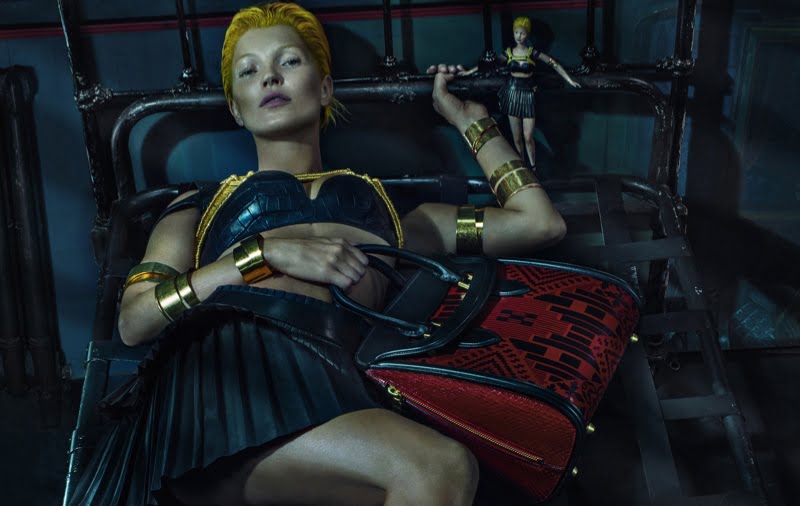
Alexander McQueen Spring/Summer 2014 Campaign with Kate Moss. Photo Courtesy: Alexander McQueen
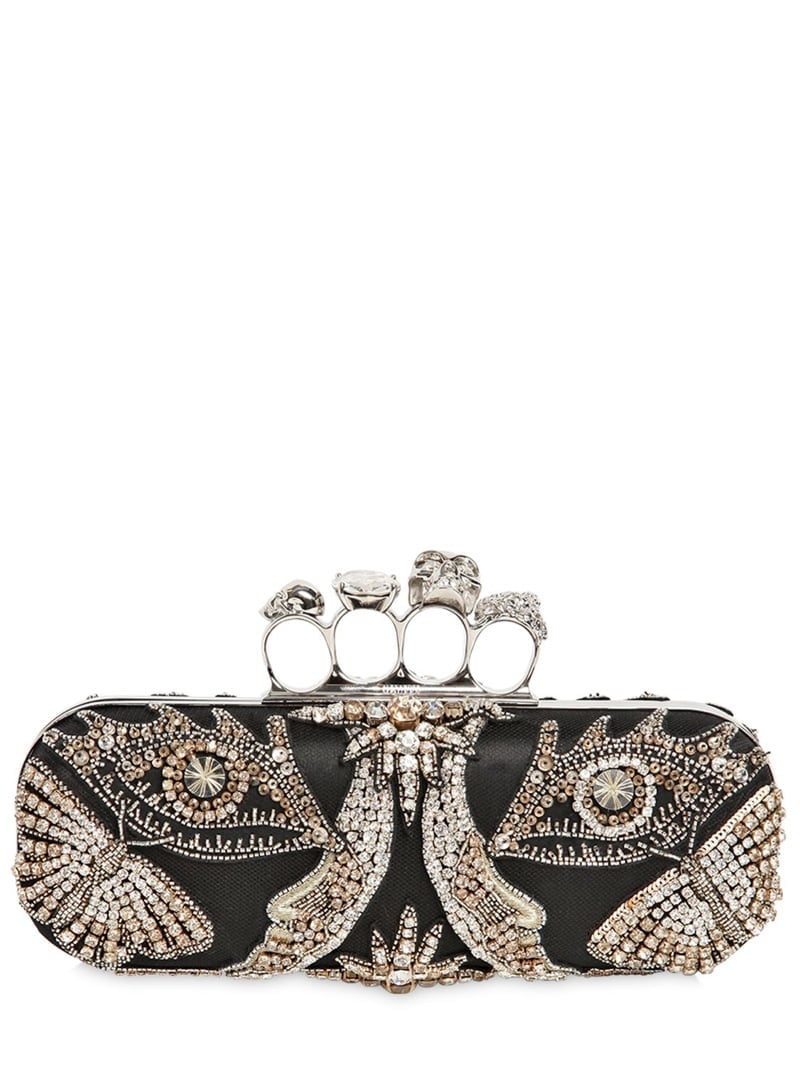
Alexander McQueen Knuckle Duster Clutch from the Fall 2016 Collection
The Gucci Effect
We can all agree that Gucci has had a serious moment under the creative directorship of Alessandro Michelle (though the Tom Ford era definitely made an impression on me), so it is no surprise that Kering attributed its 26.5% growth to a reported 43.4% rise in sales of Gucci this year according to a report from Reuters. The product offering from trainers, to loafers, to bags, accessories and RTW has hit the mark in terms of diversity, price point, and client satisfaction.
For more info about Gucci’s recent rise and new products read the articles below:
- Gucci: The Most Improved Player of the Year?
- Gucci Launches New Campaign Featuring Only Black Models
- Gucci Embraces E-Commerce in China
- New at Gucci: The Gucci Places Project
- Is Gucci Getting Too Repetitive?
- YAY or NAY: The Gucci Marmont Bag
- YAY or NAY: The Gucci Dionysus Bag
- Gucci Handbag Showdown: Marmont vs. Dionysus
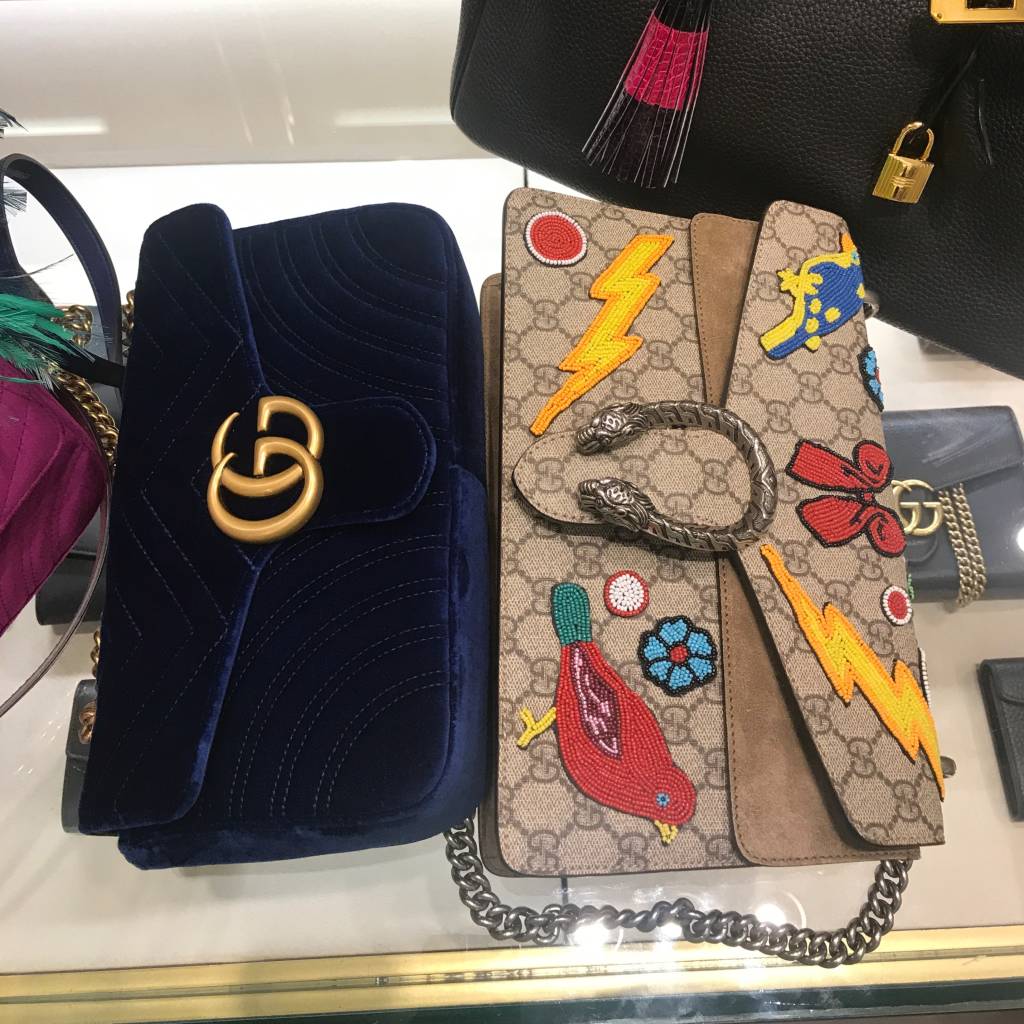
Where to Place Your Bets
The continued success of LVMH and Kering is no longer measured by the brands they can acquire – those battle lines are now drawn. There has been a slow and subtle shift in priorities, and the success will come from nurturing their creative talent and adapting to a rapidly changing, instant gratification society. Many of the discerning customers who buy luxury goods know about the brands they are buying, so it is important that the conglomerates stay true to the heritage of their brands. So far, I think they have managed this and continue to lead brands to success under their wings.
LVMH has history, diversity, culture and people, which all contribute to its success. Kering, however has less to lose, and therefore possibly the most to gain. It would be harder for LVMH to ‘do a Gucci’ with their more established brands such as Dior. If Dior of LVMH pulled a Gucci, they would mostly likely struggle to gain traction and attain a new audience like Gucci has. Kering brands like Gucci and YSL have much more receptive audiences…imagine that!
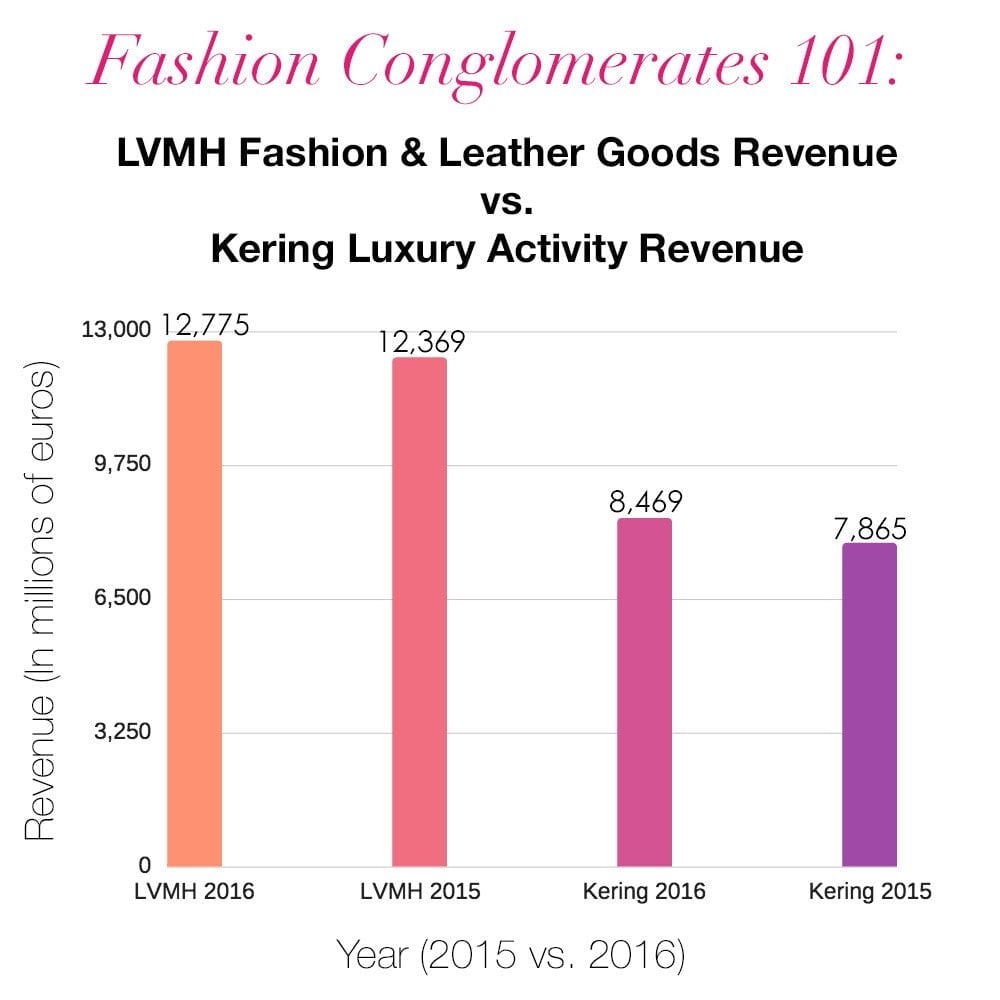
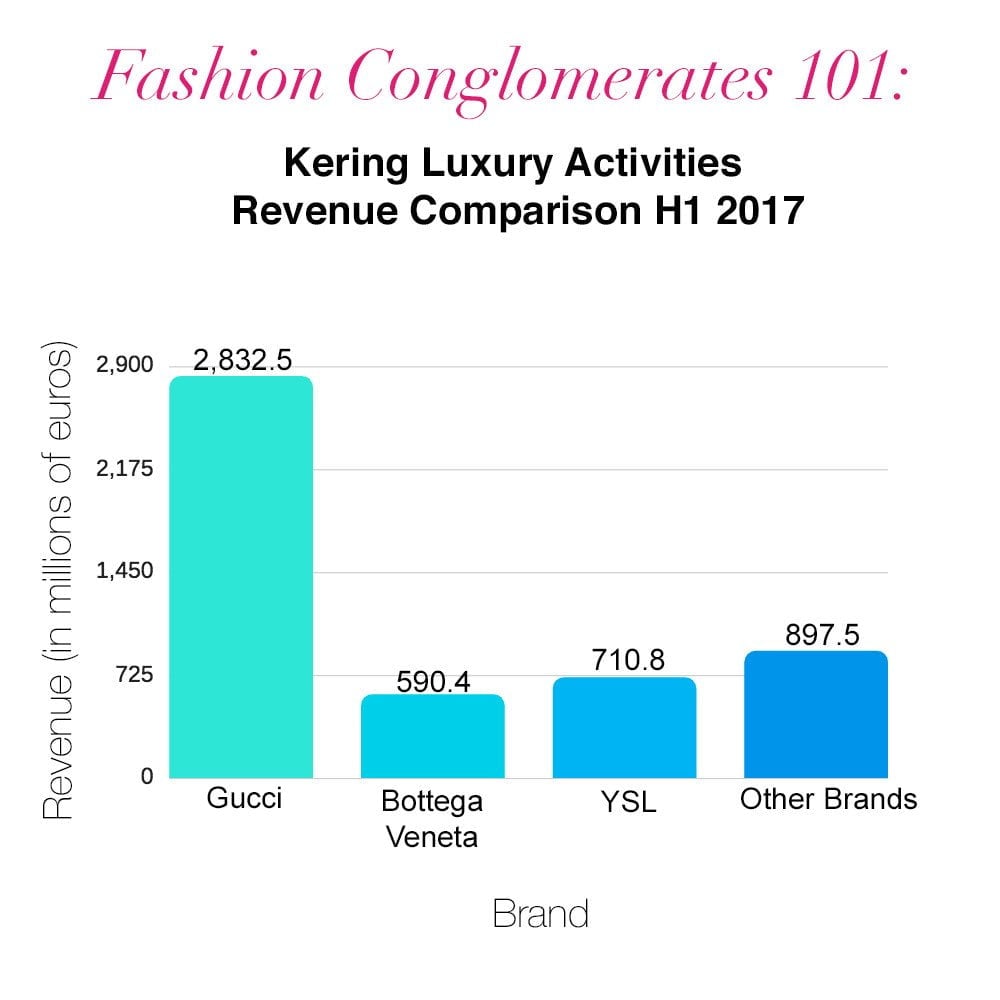
LVMH vs. Kering Overview
We will conclude our 101 guide with a “sparknotes” overview to help you understand how each conglomerate operates.
LVMH
- Older
- Star player of the moment: Dior
- Larger focus on ‘superbrands’
- Higher structural appeal with a higher stock market
Kering
- More recent
- Star player of the moment: Gucci
- More eclectic mix of brands – able to exploit their smaller brands such as McQueen and Bottega Veneta
- Brands retain an element of excitement
- Lower stock market valuation
Updated: September 15th, 2017



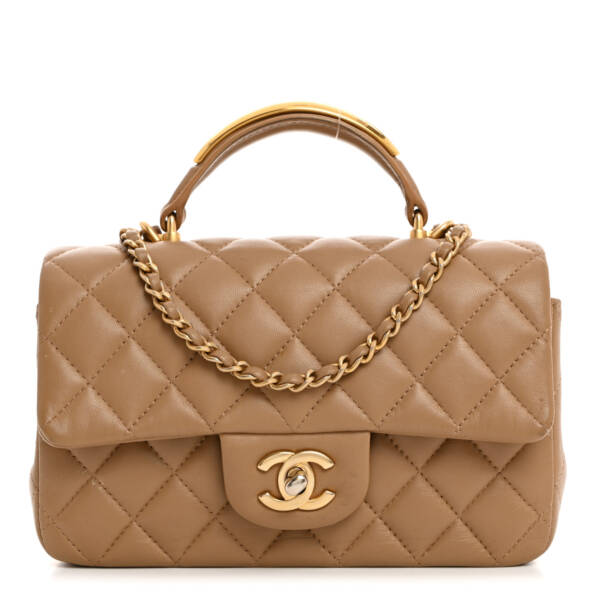
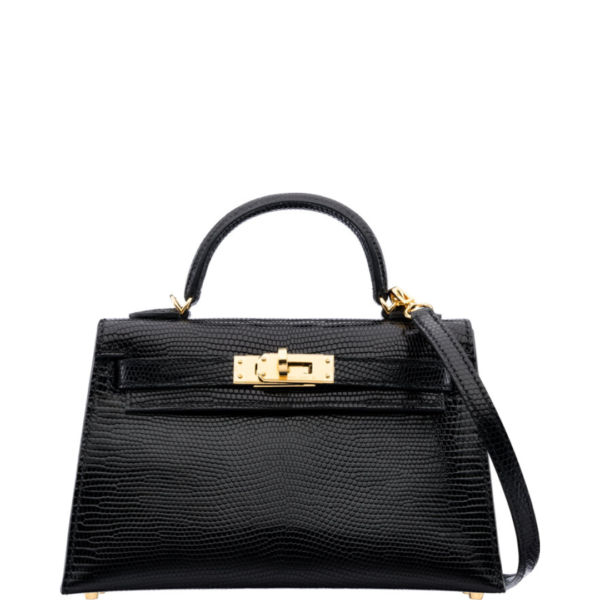
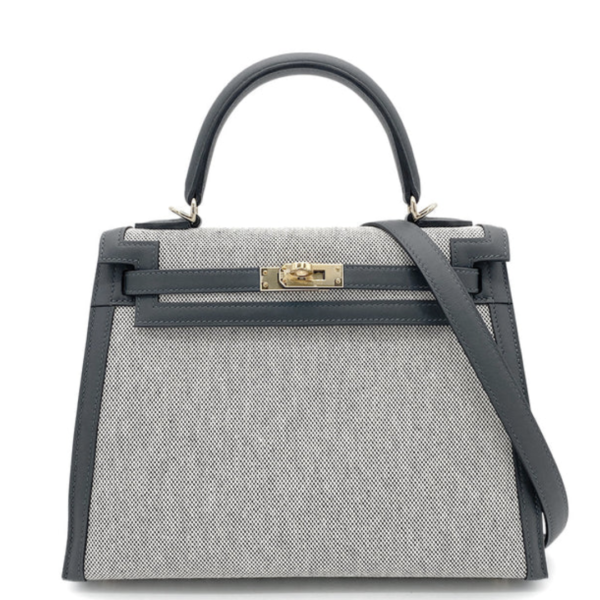
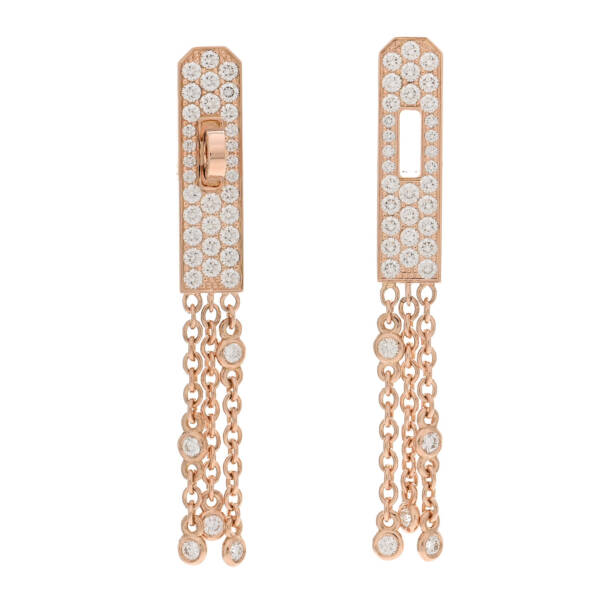
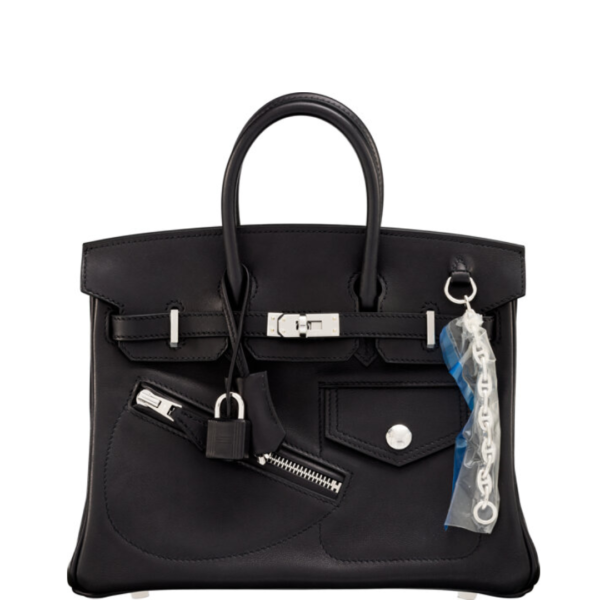
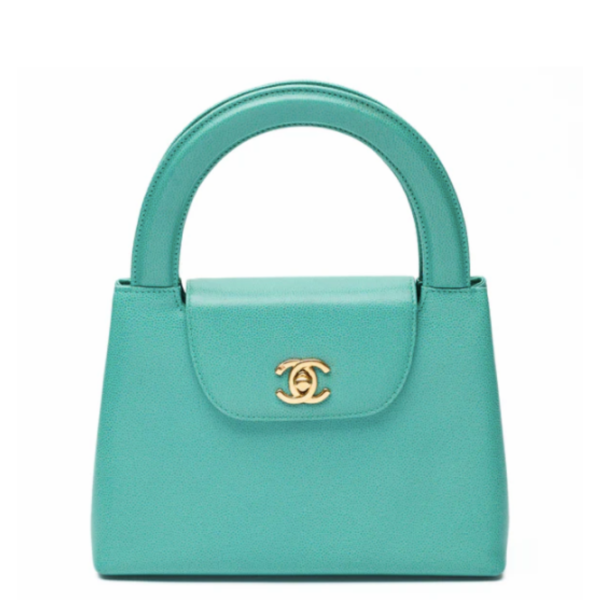
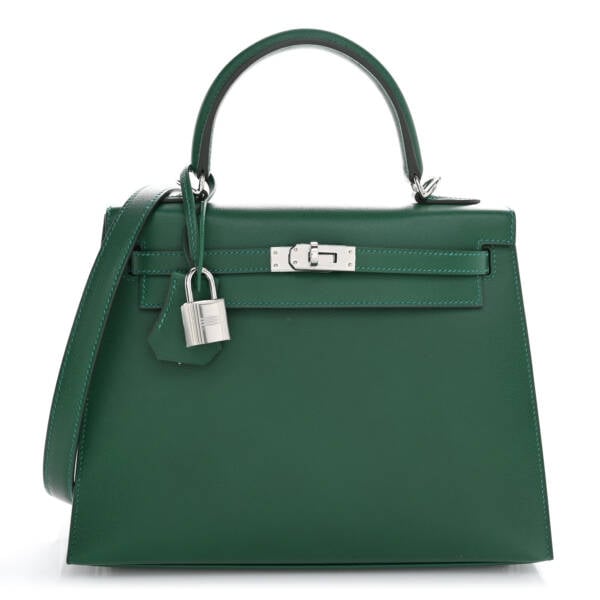
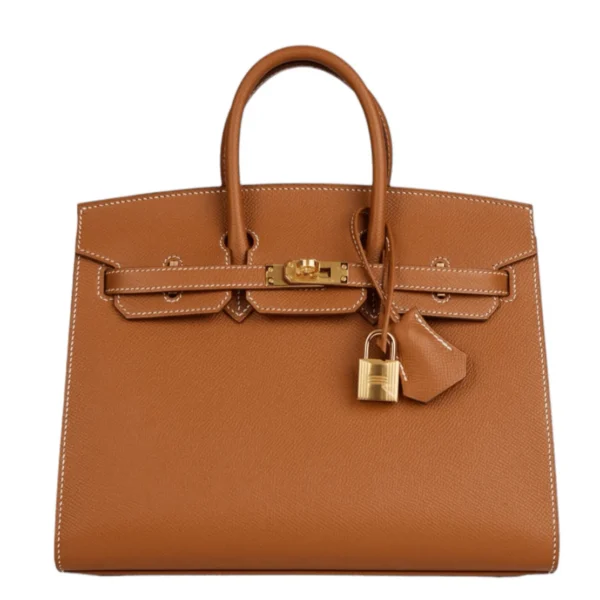
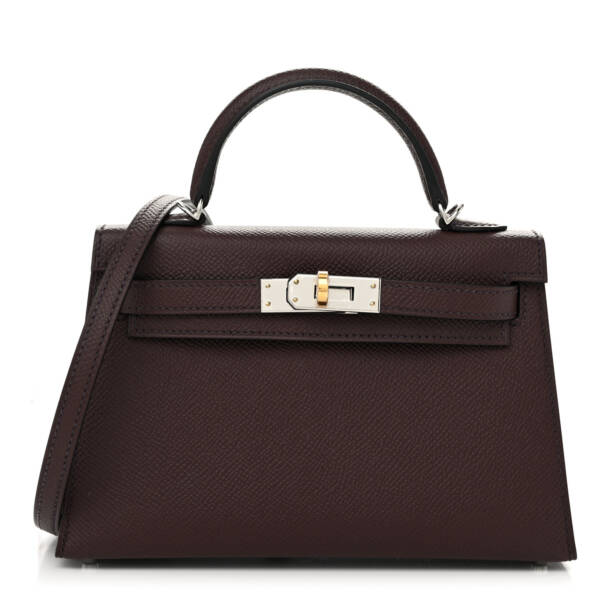
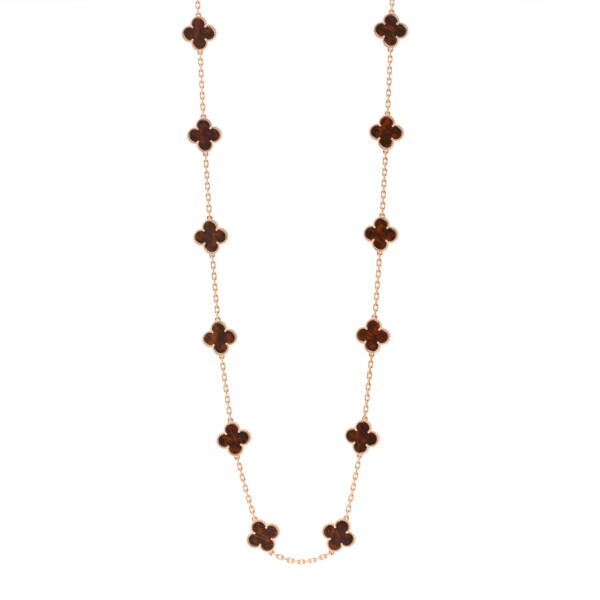
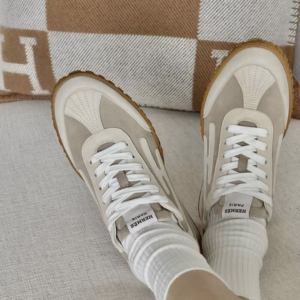


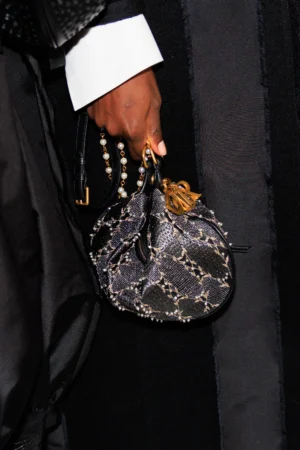
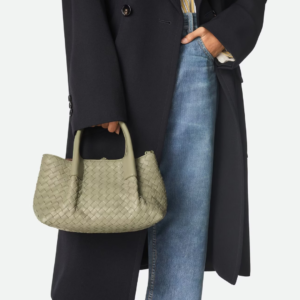



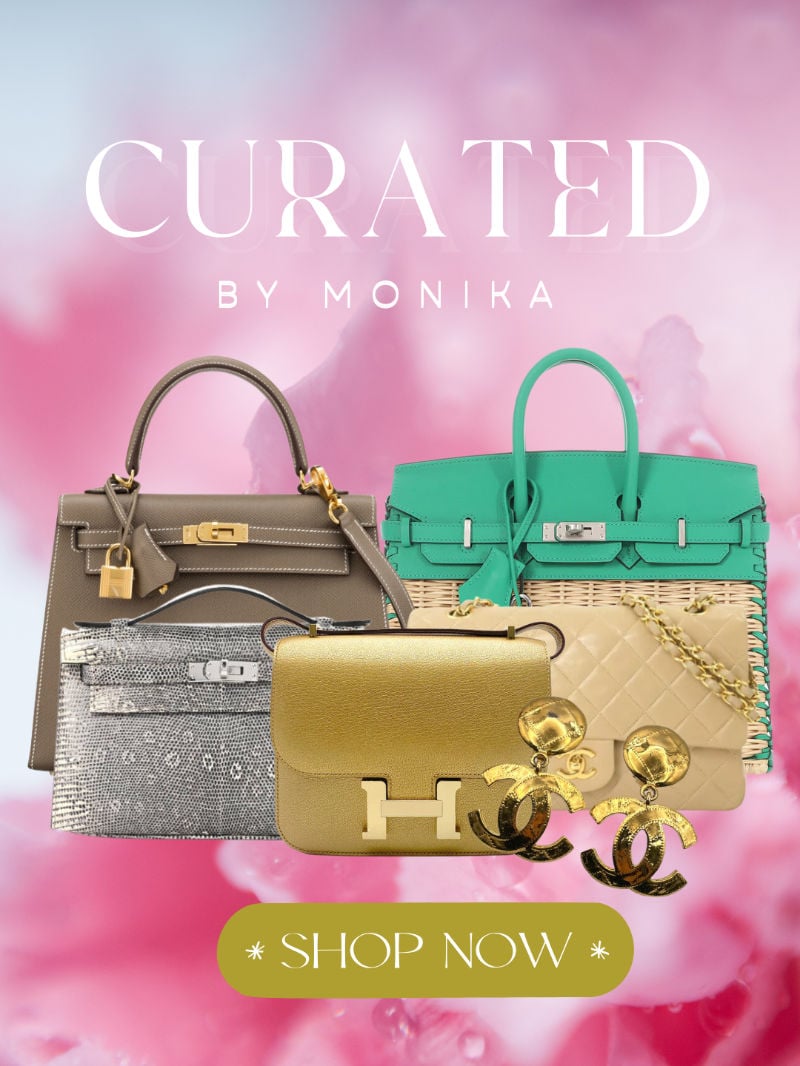
Comments
1 Responses to “Fashion Conglomerates 101: LVMH vs. Kering”
wow I love reading this! As someone who works in Marketing and lovin luxury brands, this article gives me a different perspective. Keep updating us with this sort of news!